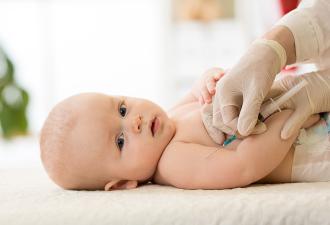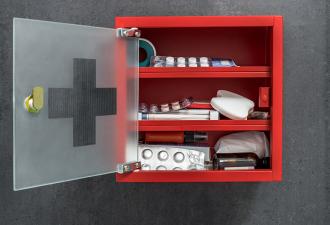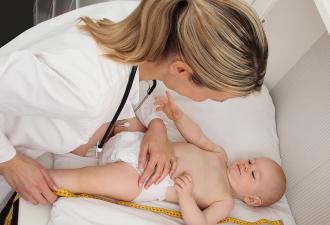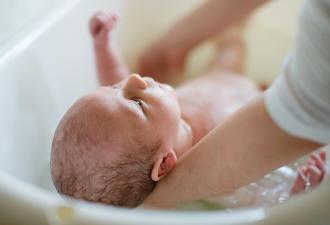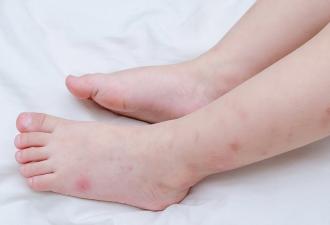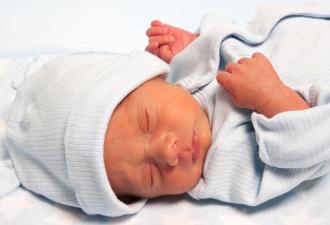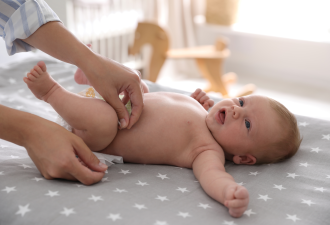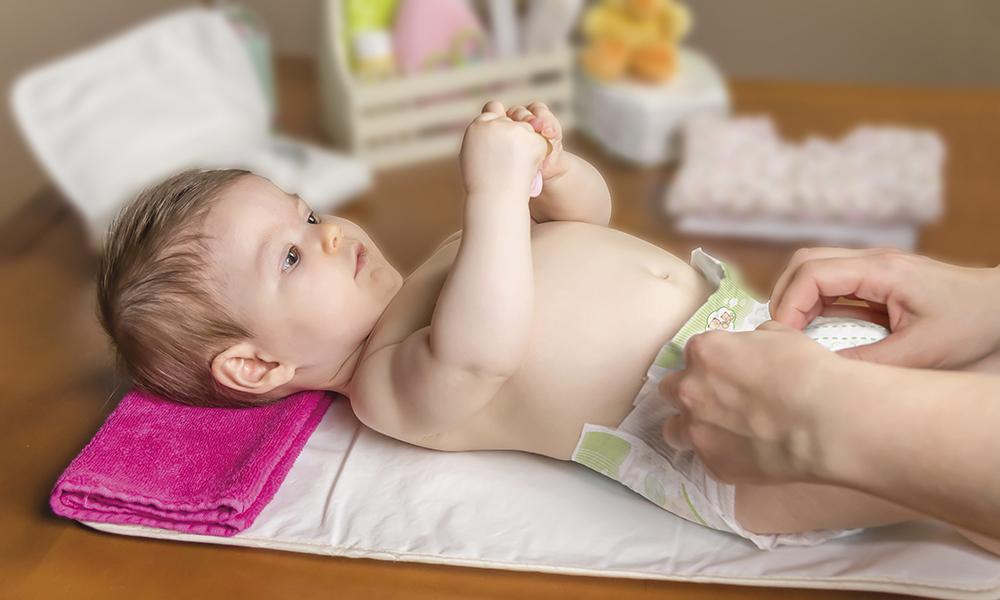
What is a Diaper Rash in Infants and How Can We Treat It?
What is a Diaper Rash in Infants and How Can We Treat It?
Diaper rash (also known as diaper dermatitis or nappy rash) is the most common skin condition in infancy, affecting about one in three babies. It is caused mainly by skin irritation due to prolonged exposure to urine. Urea in urine breaks down into ammonia, which irritates the skin. Additionally, stool contains enzymes that damage the skin's natural barrier and encourage microbial growth. Bacteria in stool further aggravate the skin and can lead to dermatitis.
Diaper rash manifests as redness in the diaper area, which can be severe, and in cases of secondary infection with fungi or bacteria, blisters may appear.
Preventive Measures for Diaper Rash
• Change diapers frequently, especially after soiling and before or after feeding.
• During each diaper change, wash the baby with running water, avoiding soap in every diape change.
• Alternatively, or when outdoors, you can use baby wipes.
• Apply a protective barrier cream during each diaper change, especially if the baby is exclusively breastfed and has frequent bowel movements. Use a small amount of cream to allow skin to "breathe."
Treatment for Diaper Rash
• Follow all the preventive measures mentioned above.
• At each diaper change, thoroughly dry the baby to eliminate moisture in the diaper area and leave the diaper open for a short time to allow the skin to air.
• Consult your paediatrician, and if necessary, have the child examined. Zinc-based creams are usually helpful, but more specialized creams may be needed, especially in cases of secondary infection.
• Be aware that severe diaper rash can cause significant discomfort to your baby and may take some time to be healed.
• Keep in mind that most babies experience irritation in the diaper area due to prolonged exposure to moisture over extended periods.
Good hygiene, frequent diaper changes and proper skin care significantly reduce severe irritation and help maintain healthy skin in the perineal area.
Written by Paediatrician Katerina Katsibardi, MP, PhD
